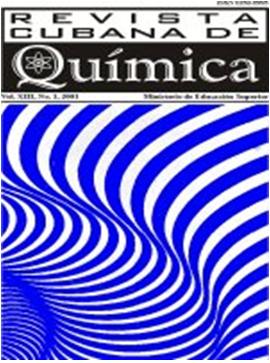Antraquinonas de Picramnia polyantha
Resumo
Especies de Picramnia han sido apreciadas en Medicina Tradicional por sus propiedades curativas para contrarrestar el efecto de algunas afecciones gástricas e intestinales, así como para el tratamiento del paludismo y la sífilis. Picramnia polyantha es una especie poco común que se encuentra en diversas regiones de Mesoamérica. Los extractos de tallo y hoja de esta especie fueron separados por cromatografía en columna para lograr el aislamiento y la identificación de crisofanol, emodina, aloe-emodina, -sitosterol y su glucósido como derivado acetilado, 7-hidroxicumarina, glucósido de emodina y, por primera vez de esta especie, el par de C-glucosilantronas diastereoisoméricas conocidas como 10-hidroxialoína A y 10- hidroxialoína B, además de la mezcla de glucósidos de crisofanol. La dilucidación estructural de los todos los metabolitos aislados se realizó por espectroscopia de RMN-1H y RMN-13C y, en algunos casos, por comparación con muestras auténticas. Asimismo, se determinó la toxicidad de estos extractos. Palabras clave: Picramnia polyantha, antraquinonas, hydroxialoínas, glucosidos.Downloads
Publicado
2016-09-22
Como Citar
Hernández-Medel, M. del R., Solís-Fuentes, J. A., & Méndez-Ventura, L. M. (2016). Antraquinonas de Picramnia polyantha. Revista Cubana De Química, 28(3), 805–817. Recuperado de https://cubanaquimica.uo.edu.cu/index.php/cq/article/view/1588
Edição
Seção
Artículos
Licença
Esta revista oferece acesso aberto imediato ao seu conteúdo, com base no princípio de que oferecer ao público o acesso gratuito à pesquisa contribui para uma maior troca global de conhecimento.























